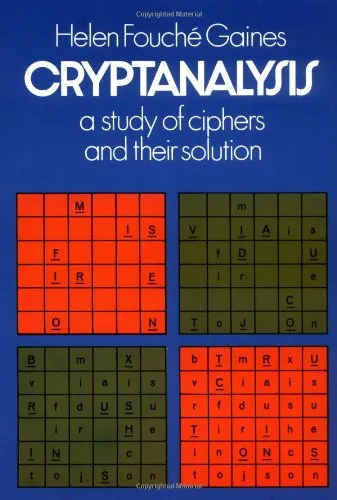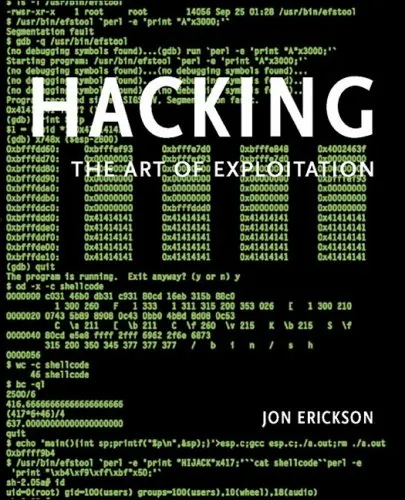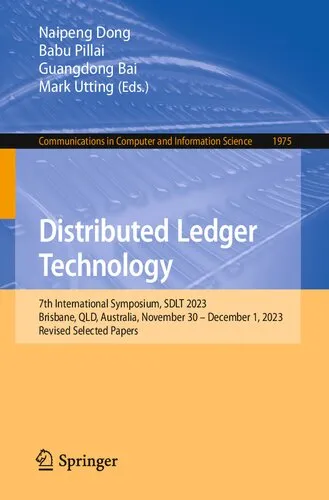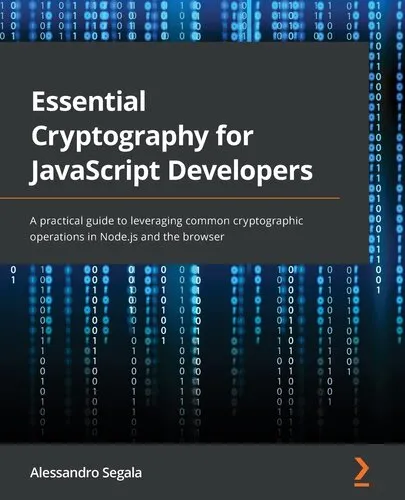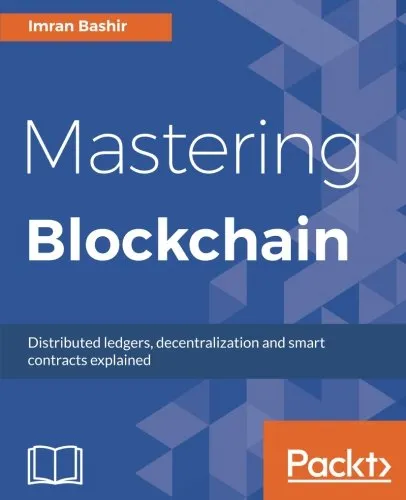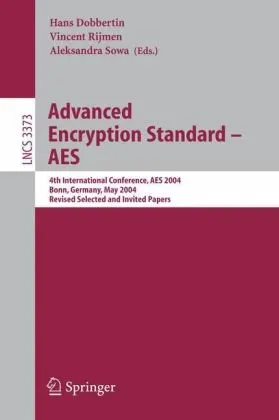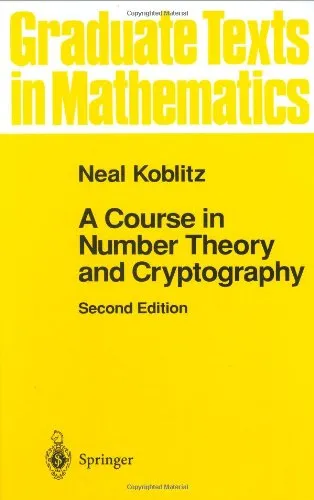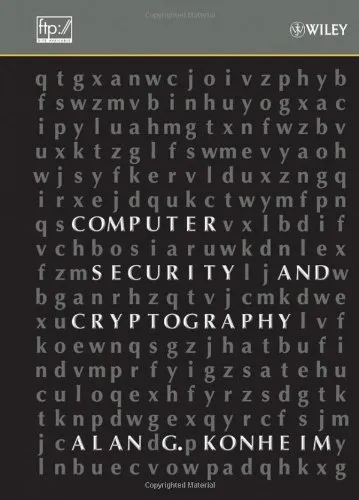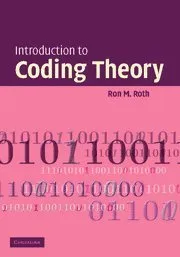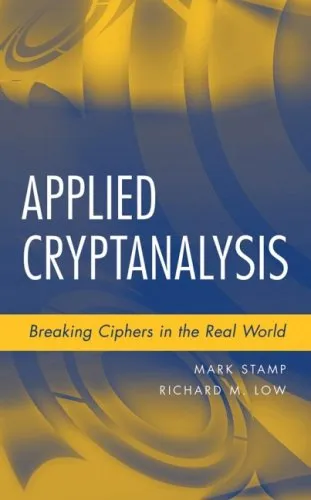Cryptanalysis
4.9
Reviews from our users

You Can Ask your questions from this book's AI after Login
Each download or ask from book AI costs 2 points. To earn more free points, please visit the Points Guide Page and complete some valuable actions.Related Refrences:
Introduction to Cryptanalysis
Helen F. Gaines' "Cryptanalysis" is a profound and detailed exploration of classical cryptographic methods and their analysis. First published in 1939, this book serves as a timeless manual for aspiring cryptanalysts, puzzle enthusiasts, and anyone interested in the intricate science of codebreaking. With its emphasis on both theory and practical application, "Cryptanalysis" lays a solid foundation for understanding historical and modern cryptography.
As a masterpiece in its field, this book introduces readers to various cipher systems, the principles behind their construction, and step-by-step methods to break them down. While it primarily focuses on classical ciphers such as substitution and transposition techniques, it also delves deeper into statistical tools and frequency analysis, which remain relevant even in today's cryptographic challenges. Helen F. Gaines meticulously combines clarity with detail, making the complex art of cryptanalysis accessible without sacrificing richness.
Detailed Summary of the Book
At its core, "Cryptanalysis" is divided into clear, progressive sections that take the reader from the basics to more advanced techniques. Helen F. Gaines begins with an introduction to what cryptanalysis entails, followed by an overview of ciphers and their uses throughout history. She emphasizes how codes and ciphers have been instruments of secrecy and strategy for nations, military leaders, and individuals.
The book dedicates ample space to substitution ciphers, offering step-by-step guidance on tools like frequency analysis, letter patterns, and linguistic clues to crack them. Substitution ciphers, such as the Caesar cipher and its more complex derivatives, are no longer state-of-the-art cryptography, but Gaines shows how understanding their mechanics builds a foundational mindset for codebreaking.
In subsequent chapters, Gaines explores transposition ciphers, including columnar transpositions and complex mixed systems. She illustrates the process of recognizing and undoing these complex encryption systems by identifying patterns and rearrangements in encoded material.
Finally, "Cryptanalysis" delves into advanced cryptographic methods, including polyalphabetic ciphers like the Vigenère cipher, which offers a more robust form of encryption. Gaines analyzes why these methods are theoretically more secure before demonstrating how they, too, can be exposed through rigorous analysis. Mathematical tools, particularly statistical approaches and letter frequency studies, take center stage in these concluding chapters.
Throughout, the book also includes practical exercises and cryptographic puzzles for readers to apply what they've learned, allowing progress from theoretical understanding to hands-on expertise. This methodical design ensures that "Cryptanalysis" is as engaging as it is educational.
Key Takeaways
- An in-depth understanding of classical substitution and transposition ciphers.
- Practical tools and strategies for conducting frequency analysis and statistical decryption.
- Step-by-step methods to break increasingly complex cipher systems.
- An insight into the history and evolution of cryptography.
- Exercises to develop hands-on cryptanalytic skills.
Famous Quotes from the Book
"Cryptanalysis is not merely an application of mathematics; it is the art of insight and patience."
"Cipher systems may evolve, but every secret carries within it the seeds of its own unraveling."
"Mastery of simplicity is often the key to conquering complexity in cryptanalysis."
"Each cipher tells its story to the persistent cryptanalyst who listens carefully."
Why This Book Matters
"Cryptanalysis" serves as both a historical artifact and a practical manual. For historians, it offers a glimpse into how cryptographic techniques were devised and countered before the digital age. It reflects an era when the human mind was the primary weapon in the battle for encrypted information.
For modern learners, "Cryptanalysis" is an essential stepping stone to understanding how foundational techniques have influenced current encryption practices. While computational cryptography has turned to algorithms and high-level mathematics, the principles outlined in Helen F. Gaines’ work remain relevant in today’s cybersecurity landscape, particularly in understanding vulnerabilities and securing data against attacks.
Moreover, the book is an engaging intellectual journey, blending history, language, math, and logic. Its universal appeal lies in how it challenges readers to think analytically and creatively, making it invaluable not only to cryptanalysts but to anyone who appreciates the art of uncovering hidden truths.
In a world increasingly defined by information and its protection, "Cryptanalysis" stands as a reminder of the timeless struggle between secrecy and disclosure—a struggle that continues to shape global communication and security efforts.
Free Direct Download
You Can Download this book after Login
Accessing books through legal platforms and public libraries not only supports the rights of authors and publishers but also contributes to the sustainability of reading culture. Before downloading, please take a moment to consider these options.
Find this book on other platforms:
WorldCat helps you find books in libraries worldwide.
See ratings, reviews, and discussions on Goodreads.
Find and buy rare or used books on AbeBooks.
1276
بازدید4.9
امتیاز0
نظر98%
رضایتReviews:
4.9
Based on 0 users review
Questions & Answers
Ask questions about this book or help others by answering
No questions yet. Be the first to ask!
